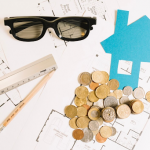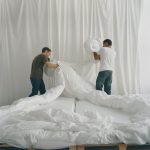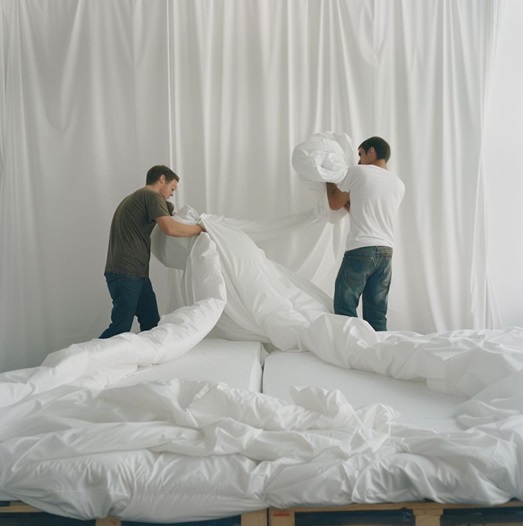You’re met with a disappointing trickle of water as you shower, ready to wash away the day’s stress. Frustrated, you wonder what could be causing this sudden drop in water pressure. Well, fear not because, in this discussion, we will explore the various ways to maintain healthy water
pressure in your household.
From checking your water supply to troubleshooting standard pressure issues, we will guide you through the steps to ensure a steady water flow throughout your home. So, if you’re tired of lackluster showers and weak water streams, keep reading to discover the secrets of maintaining optimal water pressure.
For more information on addressing low-water pressure issues in houses with well systems, visit https://www.diamondbackplumbing.com/blog/what-to-do-about-low-water-pressure-in-house-with-well/.
Checking your water supply
To ensure healthy water pressure in your household, check your water supply. Water pressure testing is essential to determine if your water supply delivers the correct pressure. Low water pressure can cause inconvenience and affect the performance of your appliances, while high water pressure can lead to leaks and damage to your plumbing system.
To start the water pressure testing, you will need a pressure gauge. Attach the gauge to an outdoor faucet or the main water line where it enters your home. Open the faucet fully and observe the pressure reading on the indicator. The ideal water pressure should be between 40 and 60 pounds per square inch (psi).
Identifying common pressure issues
Standard pressure issues can be easily identified by observing your appliances’ performance and leaks in your plumbing system. One common issue is fluctuating water pressure. If you notice that the water pressure in your household varies, it could be a sign of a faulty pressure regulator.
The pressure regulator maintains consistent water pressure throughout your home. It can result in low or high water pressure if it is not functioning correctly. Another common issue is low water pressure. If you observe poor water flow from your showerheads or faucets, it may indicate a clogged pipe or a problem with the water supply line.
If you’re noticing weaker water flow, it could be due to leaks in your plumbing. Even minor leaks can cause water pressure to decrease because water is escaping before it reaches your sink or shower. To tackle this, routinely check for leaks by looking for any signs like watermarks or unexpected wet areas.
Troubleshooting low water pressure
If you are experiencing low water pressure in your household, there are a few troubleshooting steps you can take to identify and resolve the issue. One possible cause of low water pressure could be a problem with your well pump. To troubleshoot the well pump, start by checking the pressure switch. This switch controls the operation of the pump and can sometimes become faulty.
Make sure it is set to the correct pressure level and that it is functioning correctly. If the switch seems fine, the next step is to inspect the pressure tank. A damaged or waterlogged tank can lead to low water pressure. Check for any signs of leaks or cracks, and if necessary, replace the tank.
Another potential cause of low water pressure is a clogged pipe or faucet. Over time, mineral deposits and debris can accumulate in the pipes, restricting water flow. Inspect all the pipes and faucets in your household and clean out any blockages. If none of these troubleshooting steps resolve the issue, consider increasing the water pressure.
This can be done by adjusting the pressure switch or installing a booster pump. However, it is important to note that increasing the water pressure too much can cause damage to your plumbing system. Therefore, it is recommended that you consult a professional plumber for assistance.
Maintaining proper plumbing fixtures
Upgrading fixtures and performing routine maintenance are vital steps to ensure the longevity and efficiency of your plumbing system. Following these guidelines can prevent future issues and keep your fixtures in optimal condition.
A critical aspect of maintaining proper plumbing fixtures is regularly inspecting and cleaning them. Over time, fixtures can accumulate debris and mineral deposits, affecting their performance. Use a mild cleaning solution and a cloth to remove any buildup and keep your fixtures looking and functioning like new. Additionally, check for leaks or drips and promptly repair them to prevent further damage.
In some cases, upgrading fixtures may be necessary to improve water pressure and overall performance. Old or outdated fixtures can restrict water flow and lower water pressure. Consider replacing them with more efficient models designed to provide better water pressure and conserve water.
Preventing future pressure problems
Proper water pressure maintenance and pressure regulation techniques are vital to avoiding future water pressure issues. Here are some tips to help you keep your water pressure at optimal levels and prevent future problems.
Firstly, it is essential to regularly check your water pressure to ensure it is within the recommended range. You can do this using a pressure gauge, which can be easily purchased at a hardware store. Attach the gauge to a faucet and turn on the water for a reading. If the pressure is too high or too low, it may indicate an underlying issue that needs to be addressed.
To maintain a healthy water pressure, it is crucial to have a pressure regulator installed in your plumbing system. This can prevent excessive pressure that can damage your plumbing fixtures and appliances.
Lastly, educate yourself about the specific needs of your plumbing system. Different fixtures and appliances may have additional pressure requirements. Take the time to understand these requirements and ensure your water pressure is adjusted accordingly.












